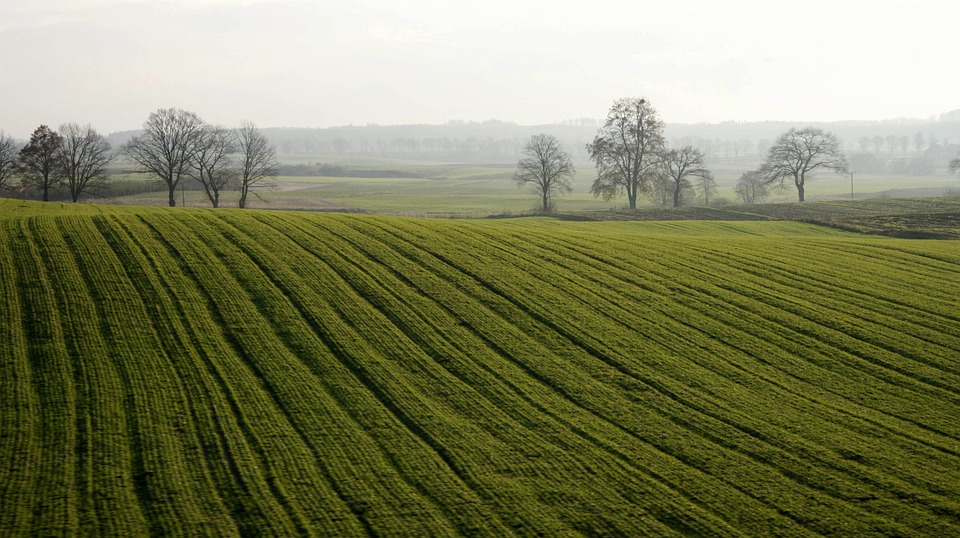What Is Zambia’s Climate? A Guide to the Weather Patterns in Southern Africa’s Tropical Land
Zambia, a landlocked country in Southern Africa, is characterized by its diverse landscapes, including plateaus, valleys, and rivers. This geographical variety contributes to its unique climate, which is predominantly tropical with distinct wet and dry seasons influenced by altitude.
Overview of Zambia’s Climate
Zambia’s climate is classified as sub-tropical or humid tropical, moderated by its elevation. This elevation allows for more temperate conditions compared to other tropical regions. The country experiences three primary seasons:
– Cool Dry Season (May to August)
– Hot Dry Season (September to November)
– Wet Season (November to April)
These seasons significantly influence daily life, agriculture, and tourism.
Seasonal Weather in Zambia
Cool Dry Season (May to August)
During this period, temperatures are mild, averaging between 15–27°C (59–81°F). The air is dry with low humidity and clear skies, making it a popular time for tourism. Wildlife viewing is particularly good as animals gather around water sources.
Hot Dry Season (September to November)
Temperatures rise significantly during this season, often exceeding 30°C (86°F). The conditions are dry with minimal rainfall, leading up to the onset of the rainy season. This period can be uncomfortable due to the heat.
Wet Season (November to April)
The wet season brings heavy rains and high humidity, with temperatures generally ranging from 20–30°C (68–86°F). This season is crucial for agriculture as it supports crop growth and replenishes river levels. However, travel can be challenging due to muddy roads and impassable routes.
Regional Climate Variations in Zambia
Zambia’s climate varies regionally:
– Lowland Areas: These areas tend to be warmer and more humid compared to the higher plateaus.
– Northern Zambia: Experiences higher rainfall due to its proximity to the equatorial rain belt, resulting in lush landscapes during the wet season.
– Southern Zambia: Generally drier than the north, especially near the Kalahari Desert.
Impact of Climate on Zambian Ecosystems and Agriculture
Vegetation and Wildlife
The seasonal changes greatly affect wildlife migration patterns and vegetation growth. The wet season fosters biodiversity in national parks as plants thrive and animals reproduce.
Agricultural Cycles
Zambia’s agriculture heavily relies on seasonal rainfall. The wet season is critical for planting crops like maize and tobacco, while the dry season is typically reserved for harvesting.
Effects of Climate Change on Zambia
Zambia faces increasing challenges due to climate change, including:
– Drought Risk: Particularly in southern regions where water scarcity affects agriculture.
– Unpredictable Rain Patterns: These fluctuations complicate farming practices and food security.
Efforts are underway to adapt through initiatives such as drought-resistant crops and improved water conservation practices.
FAQs
– When is the best time to visit Zambia for safaris?
The cooler dry season from May to August is ideal for wildlife viewing.
– How hot does it get in Zambia during the dry season?
Temperatures can exceed 30°C (86°F), particularly in October.
– What is Zambia’s rainiest month?
January typically sees the highest rainfall.
– Is there snowfall in Zambia?
Snowfall is extremely rare due to Zambia’s tropical climate.
– How is Zambia’s climate changing over time?
There has been a noticeable increase in temperatures and variability in rainfall patterns since 1960.
Conclusion
Zambia’s tropical climate, marked by distinct seasonal patterns, shapes its ecosystems and agricultural practices while providing a rich environment for tourism. However, ongoing challenges from climate change threaten this delicate balance. Understanding these climatic dynamics is essential for appreciating Zambia’s natural beauty and planning sustainable practices for its future.

Kyle Whyte is a notable scholar and professor at the University of Michigan, holding positions such as the George Willis Pack Professor in the School for Environment and Sustainability and Professor of Philosophy. Specializing in environmental justice, his work critically examines climate policy and Indigenous peoples’ ethics, emphasizing the nexus between cooperative scientific endeavors and Indigenous justice. As an enrolled Citizen Potawatomi Nation member, he brings a vital perspective to his roles as a U.S. Science Envoy and member of the White House Environmental Justice Advisory Council. His influential research is supported by various prestigious organizations including the National Science Foundation, and disseminated through publications in high-impact journals. Kyle actively contributes to global Indigenous research methodologies and education, with affiliations to numerous institutes and societies dedicated to traditional knowledge and sustainability. Recognized for his academic and community engagement, Kyle has earned multiple awards and served in various visiting professorships. His efforts extend to leadership positions on boards and committees focused on environmental justice nationwide.
